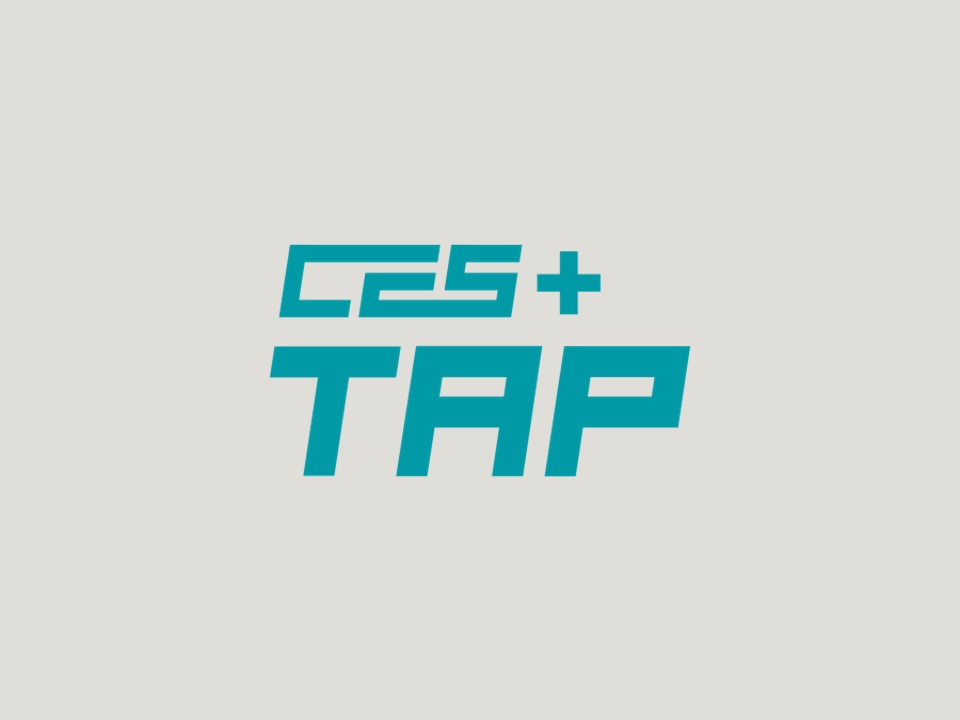
Compliance Corner – May 2024
Do You Have the Tools When Implementing the Discipline Rules? (Part 4 of 4)
By Cindy Soo Hoo, TAP Consultant
Questions and Answers: Do you have a burning question? Let me see if I have an answer.
IDEA 34 CFR §300.320 states: IEPs must include:
(2)(i) A statement of measurable annual goals, including academic and functional goals designed to—
(A) Meet the child’s needs that result from the child’s disability to enable the child to be involved in and make progress in the general education curriculum; and
(B) Meet each of the child’s other educational needs that result from the child’s disability;
(ii) For children with disabilities who take alternate assessments aligned to alternate academic achievement standards, a description of benchmarks or short-term objectives;
While IDEA does not state definitively how many goals are required, it does indicate that both academic and functional goals must be included. It would be inappropriate for the IDEA to mandate the number of goals required as goals should be individualized to meet the unique needs of students. IEP Teams should determine what goals are appropriate in order to address the deficits identified by evaluations, data and any other sources of information so as to enable a student to progress in the general education curriculum. It would be highly questionable as to whether only one goal would be able to fully address a student’s needs.
Other than being measurable, IDEA does not state how goals should be written. That being said, IEP Teams should, after identifying areas of deficits, write goals that are individualized, relevant, attainable and specific.
In sum, the number of goals will vary and will depend on the unique needs of the individual student. With both academic and functional goals being required, there would likely be at least two goals included.
2.Can you clarify who the required members of the IEP Team are and which position(s) can be duplicated with someone who is already a required member?
IDEA 34 CFR §300.321 states:
(a) General. The public agency must ensure that the IEP Team for each child with a disability includes—
(1) The parents of the child;
(2) Not less than one regular education teacher of the child (if the child is, or may be, participating in the regular education environment);
(3) Not less than one special education teacher of the child, or where appropriate, not less than one special education provider of the child;
(4) A representative of the public agency who –
(i) Is qualified to provide, or supervise the provision of, specially designed instruction to meet the unique needs of children with disabilities;
(ii) Is knowledgeable about the general education curriculum; and
(iii) Is knowledgeable about the availability of resources of the public agency.
(5) An individual who can interpret the instructional implications of evaluation results, who may be a member of the team described in paragraphs (a)(2) through (a)(6) of this section;
(6) At the discretion of the parent or the agency, other individuals who have knowledge or special expertise regarding the child, including related services personnel as appropriate; and
(7) Whenever appropriate, the child with a disability.
Members depicted in numbers two, three and four are personnel of the public agency. Member number five is not specified as such but allows for members (a)(2) through (a)(6) to serve in this capacity. This would include a child’s regular education teacher, special education teacher, the representative of the agency or any other individual who has knowledge or special expertise about the child. At a minimum, there should be three members of the public agency at an IEP meeting.
3.With cases of Covid-19 decreasing and following the NM PED’s closure and subsequent reopening of schools, is it still permissible to conduct IEPs virtually?
IDEA 34 CFR §300.322 states:
(a) Public agency responsibility—general. Each public agency must take steps to ensure that one or both of the parents of a child with a disability are present at each IEP Team meeting or are afforded the opportunity to participate, including—
(1) Notifying parents of the meeting early enough to ensure that they will have an opportunity to attend; and
(2) Scheduling the meeting at a mutually agreed on time and place.
IDEA 34 CFR §300.322 states:
(c) Other methods to ensure parent participation. If neither parent can attend an IEP Team meeting, the public agency must use other methods to ensure parent participation, including individual or conference telephone calls, consistent with § 300.328 (related to alternative means of meeting participation).
IDEA 34 CFR §300.328 states:
When conducting IEP Team meetings and placement meetings pursuant to this subpart, and subpart E of this part, and carrying out administrative matters under section 615 of the Act (such as scheduling, exchange of witness lists, and status conferences), the parent of a child with a disability and a public agency may agree to use alternative means of meeting participation, such as video conferences and conference calls.
Parents are essential partners between home and school. IDEA recognizes the important and essential roles parents play in helping to develop, review and/or revise their child’s IEP. They have pertinent information about how their child learns and can provide valuable input in their child’s education. Schools should make reasonable efforts to involve parents so they may participate meaningfully in the education of their children.
4.Do all of the goals, including those involving related service providers, for a student receiving transition services have to be transition related?
IDEA 34 CFR §300.320 states:
(b) Beginning not later than the first IEP to be in effect when the child turns 16 or younger, if determined appropriate by the IEP Team, and updated annually, thereafter, the IEP must include—
(1)Appropriate measurable postsecondary goals based upon age-appropriate transition assessments related to training, education, employment, and, where appropriate, independent living skills; …
In New Mexico, the development of post-secondary goals begins with the first IEP to be in effect for students aged 14 or younger, if determined appropriate by the IEP Team.
(NMAC 6.31.2.11(G)(3))
These post-secondary goals, based on the interests, strengths and assessments of the student, focus on what the student hopes to achieve following graduation. They assist teachers and service providers in preparing students for future education, employment and, if appropriate, independent living.
The information included herein is not intended to provide legal advice. Should you need legal advice or guidance on any issue involving special education, please contact the appropriate person for your district.
Thank you for submitting questions. I hope others will benefit from the discussions. Should you have any questions about these topics or any other topic involving special education, I invite you to contact either Loretta Garcia, TAP Coordinator, at lgarcia@ces.org or Lianne Pierce, Director of Ancillary Services, at lianne@ces.org respectively.

Do You Have the Tools When Implementing the Discipline Rules? (Part 4 of 4)

Do You Have the Tools When Implementing the Discipline Rules? (Part 3 of 4)

Do You Have the Tools When Implementing the Discipline Rules? (Part 2 of 4)

Do You Have the Tools When Implementing the Discipline Rules? (Part 1 of 4).

Addressing Student Behavior: What’s the Key? Perhaps, It’s an FBA and BIP. (Part 2 of 2)

Addressing Student Behavior- What’s the Key-Perhaps. It’s and FBA and BIP (Part 1 of 2)

